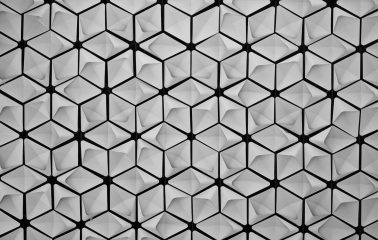What’s your design process like?
Ah, the importance of having a process. It’s crucial to have one, but it’s just as essential to know when to throw it out the window. Process provides us with tried-and-true methods to achieve great work, yet every project is unique, making a rigid process impractical.
Let me share our approach at Digital Nar. Keep in mind, this is a flexible framework. Sometimes we use all these steps, sometimes just a few. Sometimes it’s a straight line, other times it’s a zigzag or a blend. Occasionally, we invent something entirely new. Here are the six core components we lean on most often, adapting as needed based on each project’s demands.
Immersion
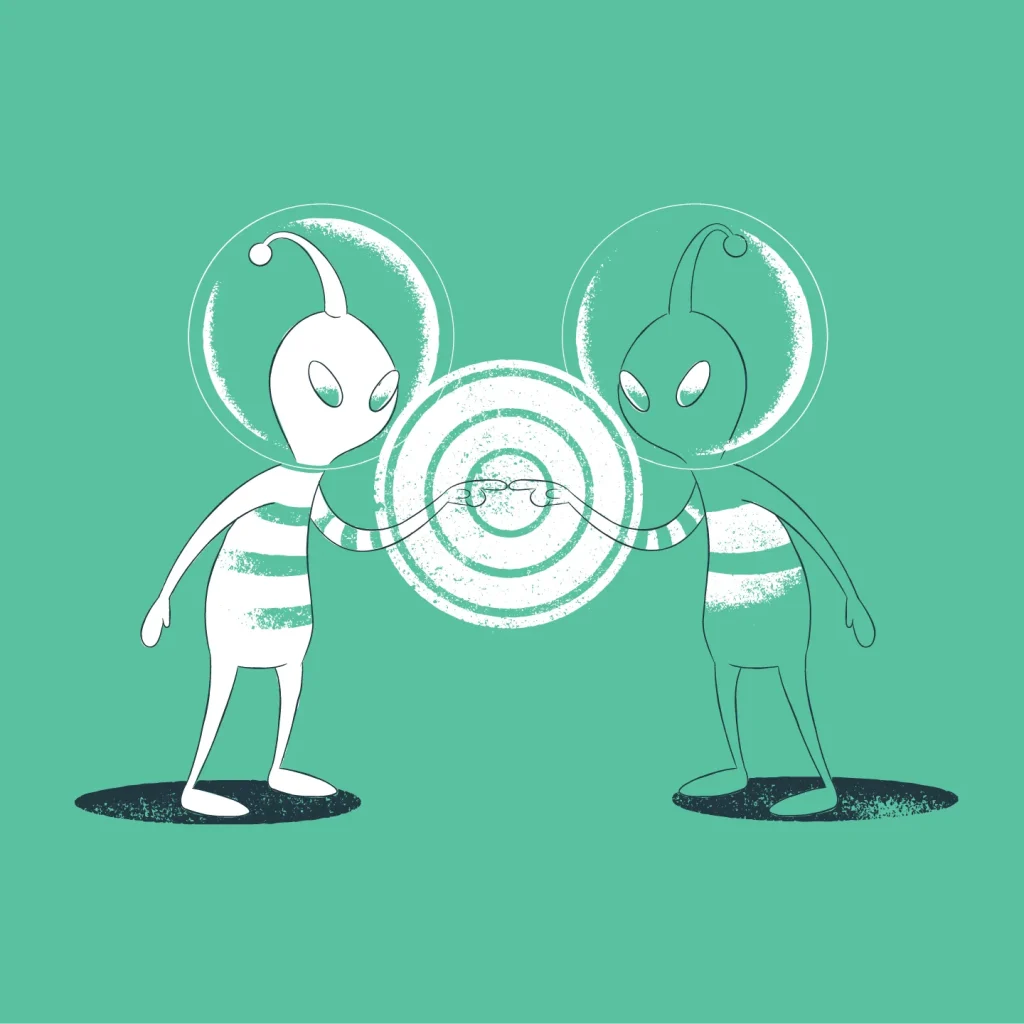
Where we become one with the client.
Immersion is where we and the client sync up completely. We absorb everything about the product, project, and people involved. We also share our methods and perspectives, getting to know each other on a personal level. Our approach is collaborative; there’s no “big reveal” after weeks in hiding. Instead, we keep the client in the loop, starting with the immersion phase and especially during the initial kickoff.
Examples of immersion activities:
Hopes and Fears Exercise
We often use post-its to jot down and discuss our hopes and fears about the project. Listing fears first (to end on a high note) helps us identify potential pitfalls and plan how to avoid them. It also aligns everyone on what we’re excited about and sets a precedent for open communication about tough issues.
Collaborative Creative Brief
During immersion, we document everything in a collaborative creative brief. This includes project goals, target users, business impact, and key stakeholders. It ensures everyone is aligned and serves as a living document that evolves as the project progresses.
Strategy
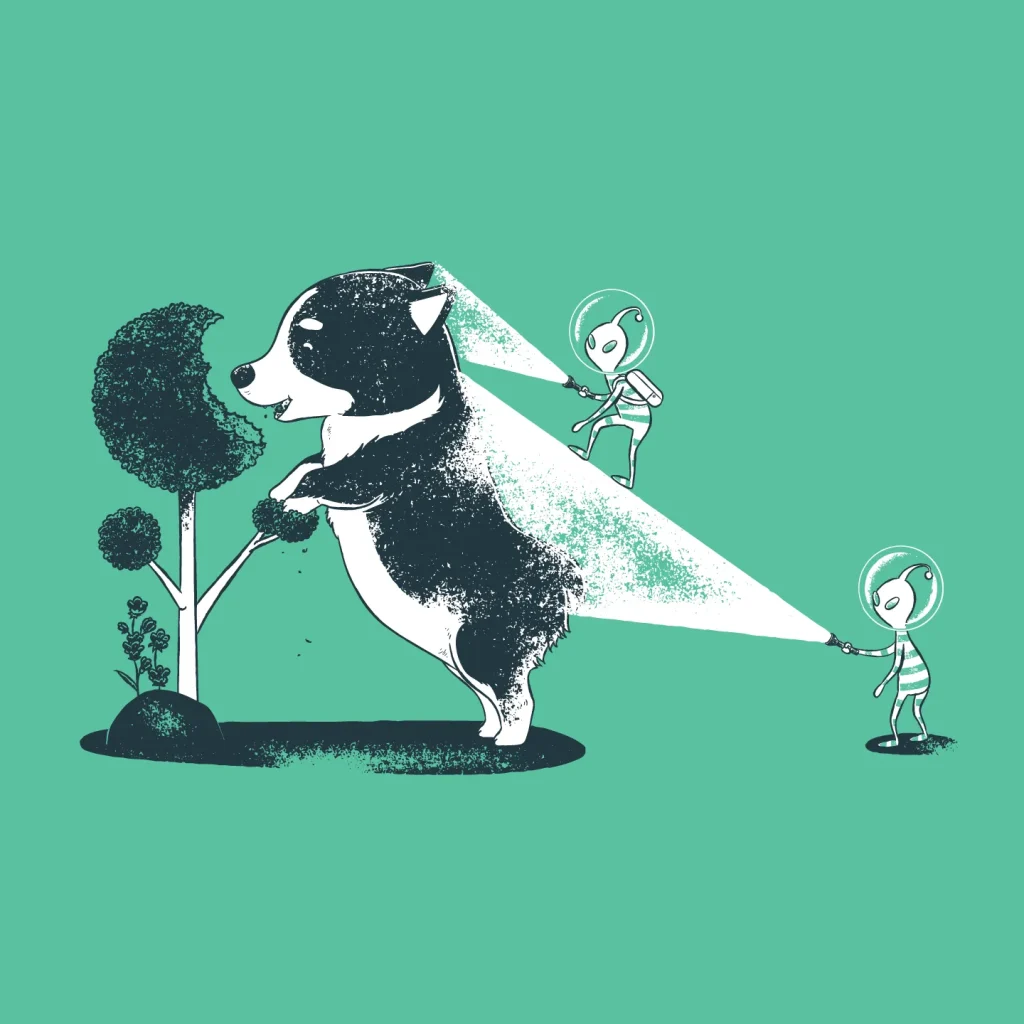
Building the foundation.
After immersion, we shift to strategy. This phase is about defining a clear, actionable point of view on why the project exists. It lays the groundwork for everything that follows.
Common strategy deliverables:
Unifying Strategy Presentation
An evolution of the creative brief, this presentation fuels the creative process by answering key questions about our POV, target users, and insights. It also addresses the competitive landscape, cultural relevance, and plans for overcoming obstacles. This document guides us and can be useful for clients to share with partners or investors.
Foundational Research Report
Early on, we often conduct research to understand the people we’re designing for. For instance, if a client wants to target a new market, we start by researching who these people are. This leads to personas that inform our concepts, ensuring they’re grounded in real user needs.
Concepting
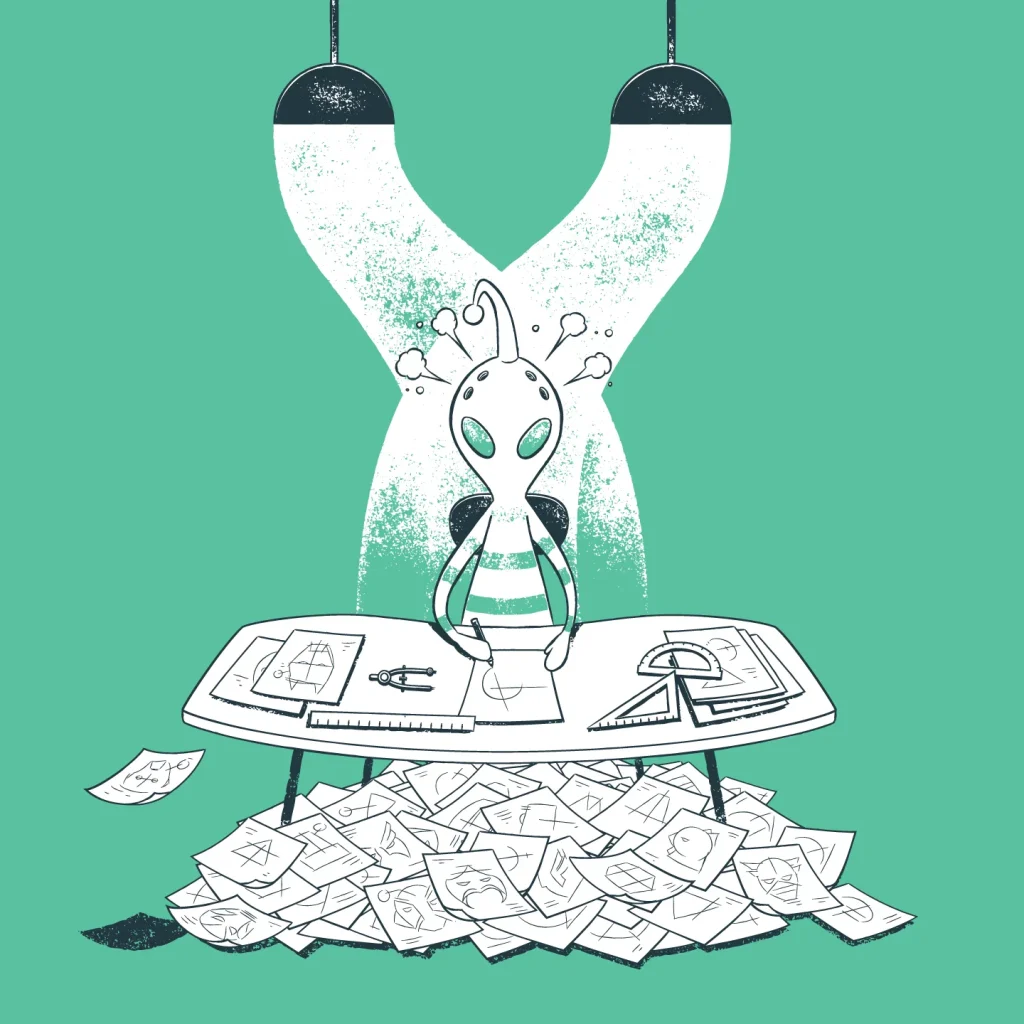
Unleashing creativity.
With the foundation set, it’s time to sketch ideas. The more, the better, and the wilder, the better. This phase is about dreaming big without constraints.
Common deliverables:
User Story Vignettes (Product)
For product projects, initial sketches evolve into clear concepts with key screens and user stories. We create prototypes in tools like InVision, focusing on core flows to gauge the concept’s potential.
Moodboards (Brand)
For brand projects, we compile moodboards to visually explore and set the tone for the upcoming design. This includes typography, color palettes, and UI elements, helping align on aesthetics and visual style.
Testing
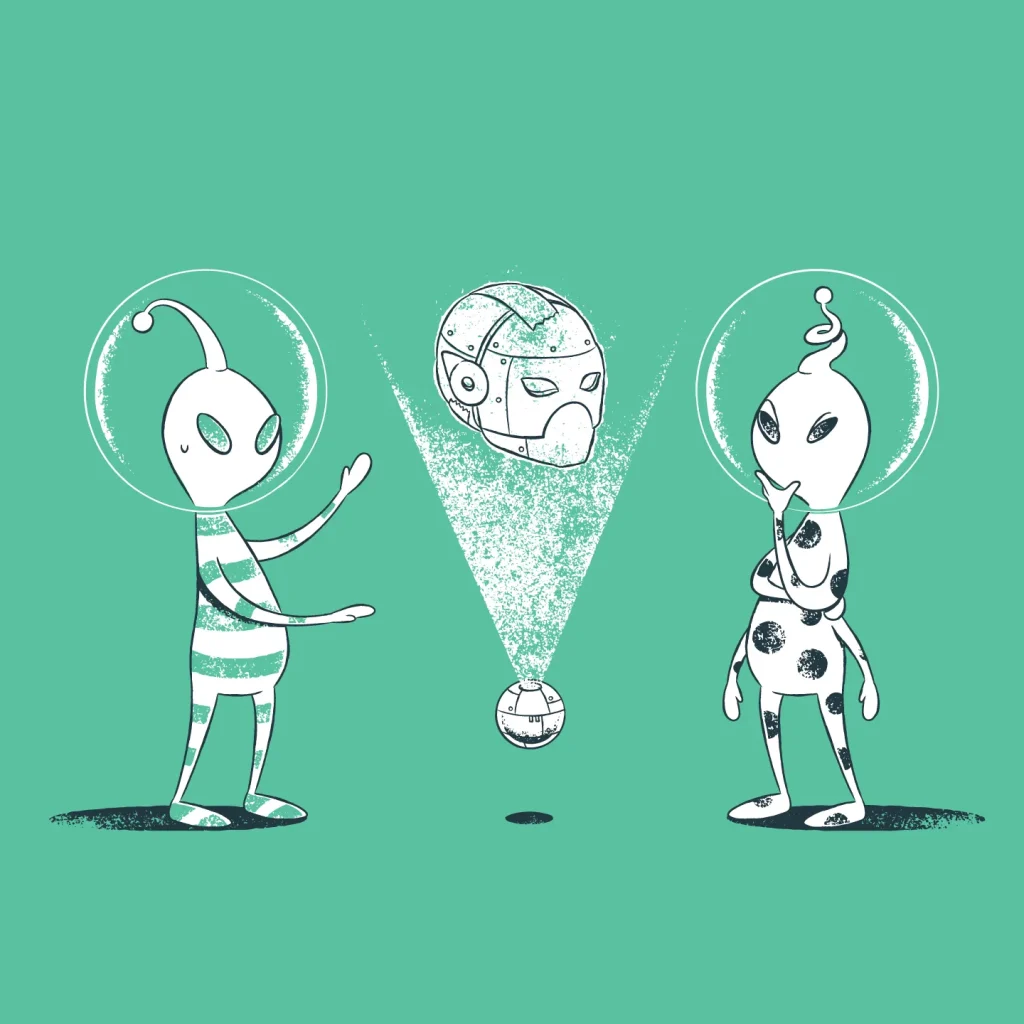
Putting ideas to the test.
After fleshing out concepts, we test them. For product design, this often means usability testing with real people. For branding, it involves stress testing the concept in various contexts. This helps us align on the most promising direction.
Common testing activities:
Usability Studies (Product)
We conduct usability studies, recruiting participants who match the target user profile. These studies can be a one-time effort or ongoing, helping refine the concept through multiple iterations.
Future-Proofing (Brand)
We imagine different future scenarios for the brand, testing design ideas against tangible real-world examples. This helps ensure the brand can evolve and grow with the business.
Creating the System
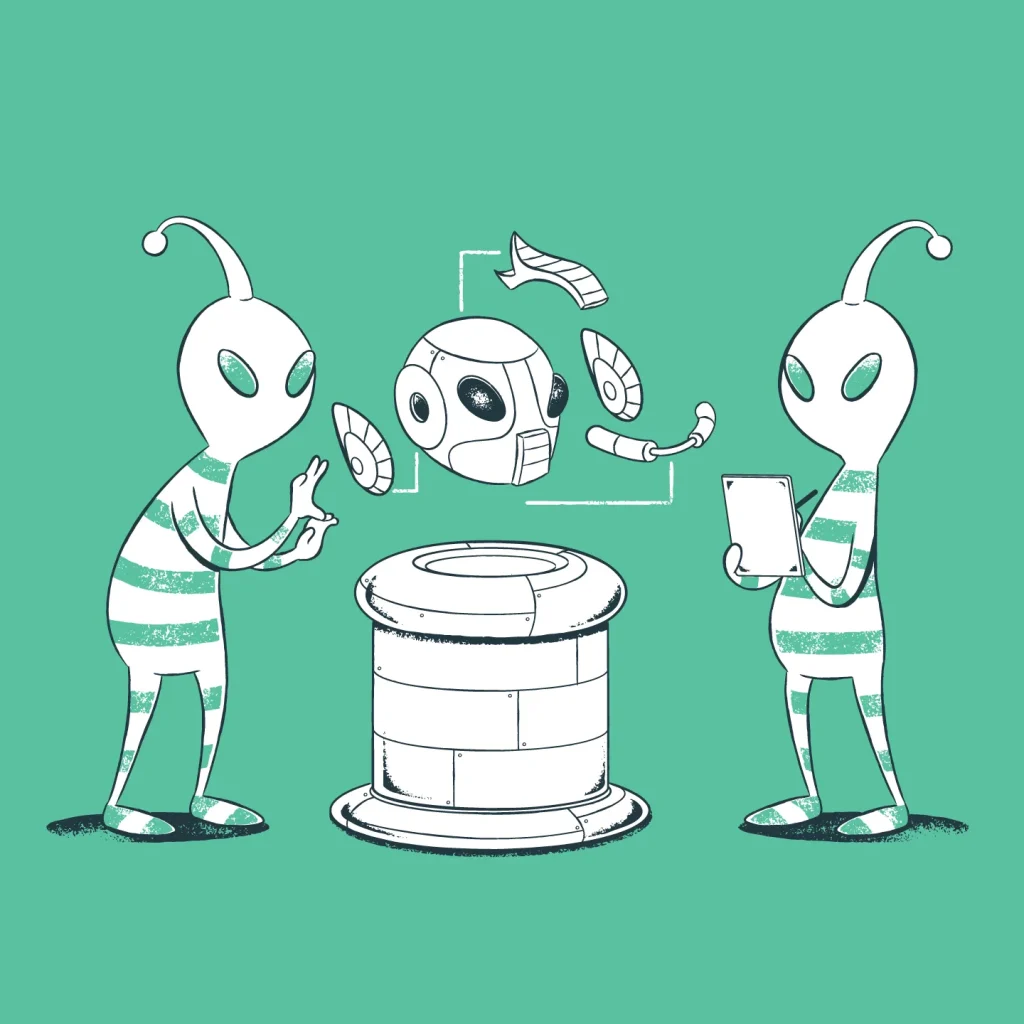
Nailing the details.
Even the best concept needs to be turned into a coherent system. This involves organizing details, defining user flows, and ensuring everything fits together seamlessly.
Example deliverables:
Information Architecture (Product and Marketing)
This defines how all the pieces of an app or site fit together. A clear information architecture makes the product easier to use and scale.
User Flows (Product)
We detail all user flows, including primary and secondary paths, ensuring every user experience is covered.
Documentation and Delivery
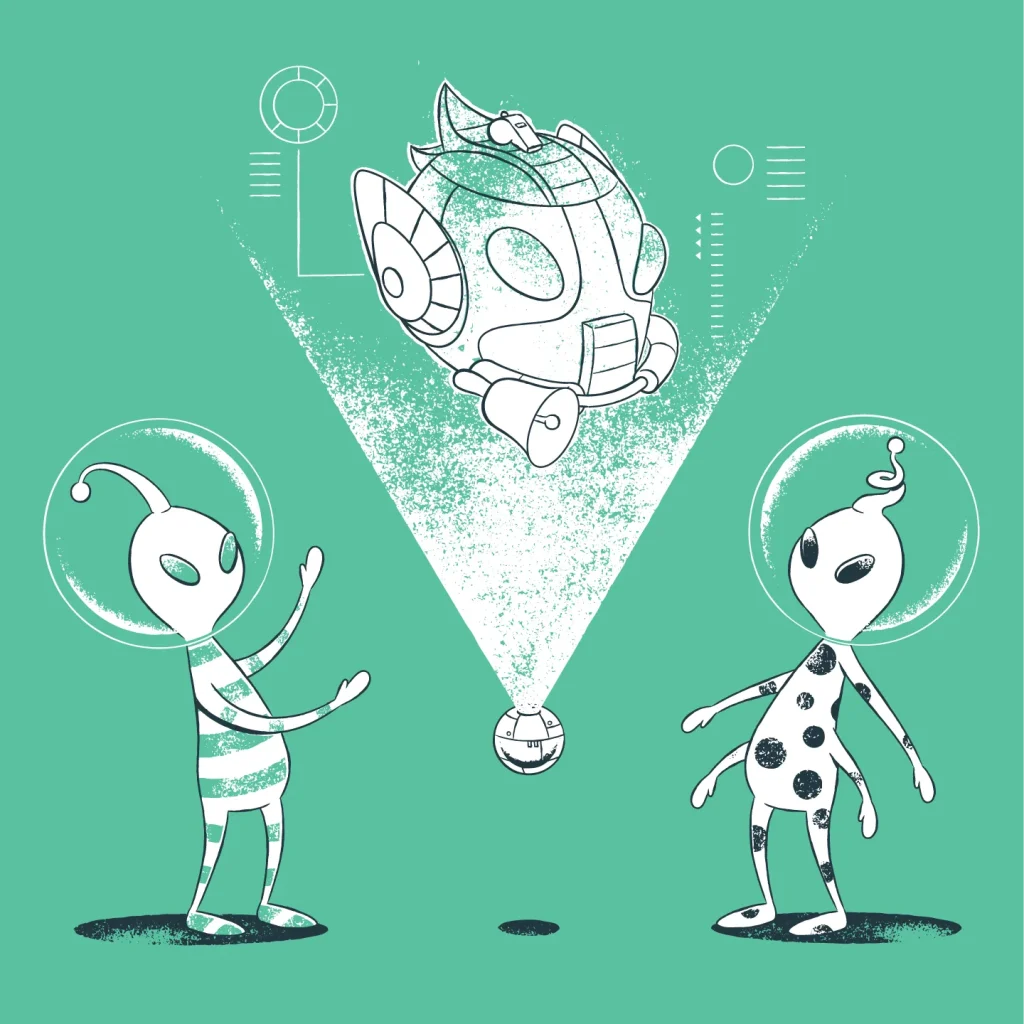
Bringing it all together.
Finally, we document the system and deliver it. This includes a well-annotated design system and an in-person handoff to ensure the client team is set up for success.
Key components:
Annotated Design System
This toolkit includes guidelines for common components, colors, typography, and more. It ensures consistency and provides a solid starting point for future projects.
Client Training
We provide hands-on training, answering questions and offering guidance to help the client team understand and use the design system effectively. If needed, we offer an in-depth workshop to fully equip the team.
Throughout all these stages, we focus on delivering that extra bit of delight, both for the client and the end users. This “bringing the chocolate” approach ensures every project, whether following our framework to a T or a completely new process, exceeds expectations.
